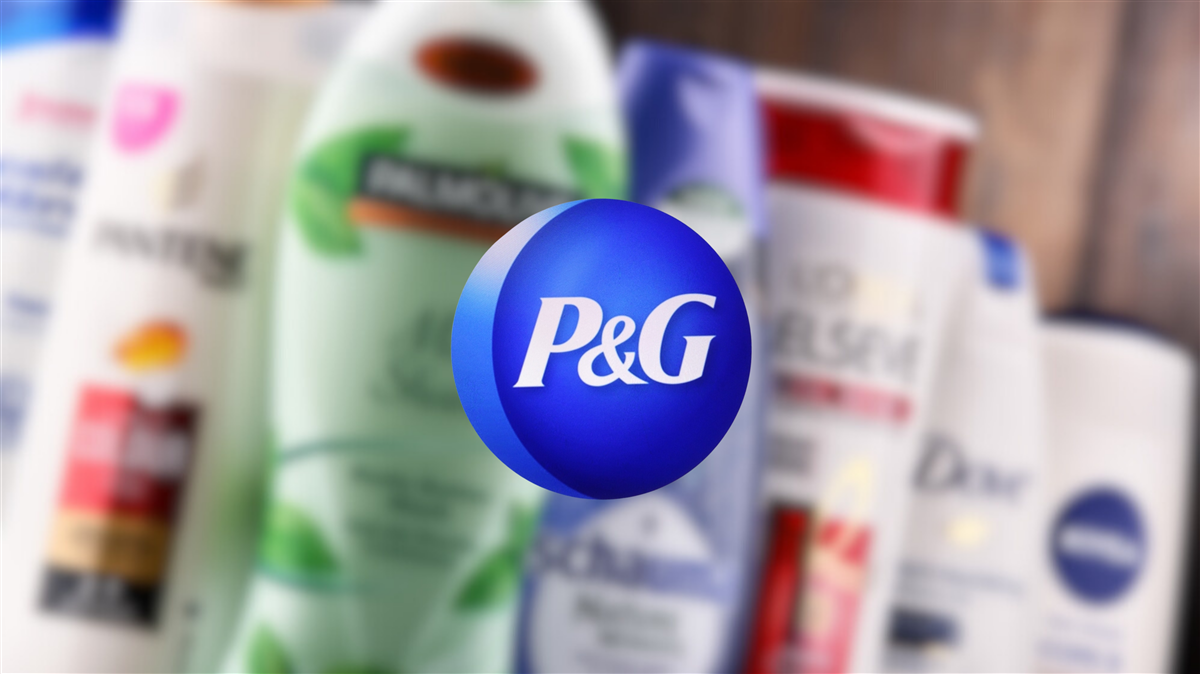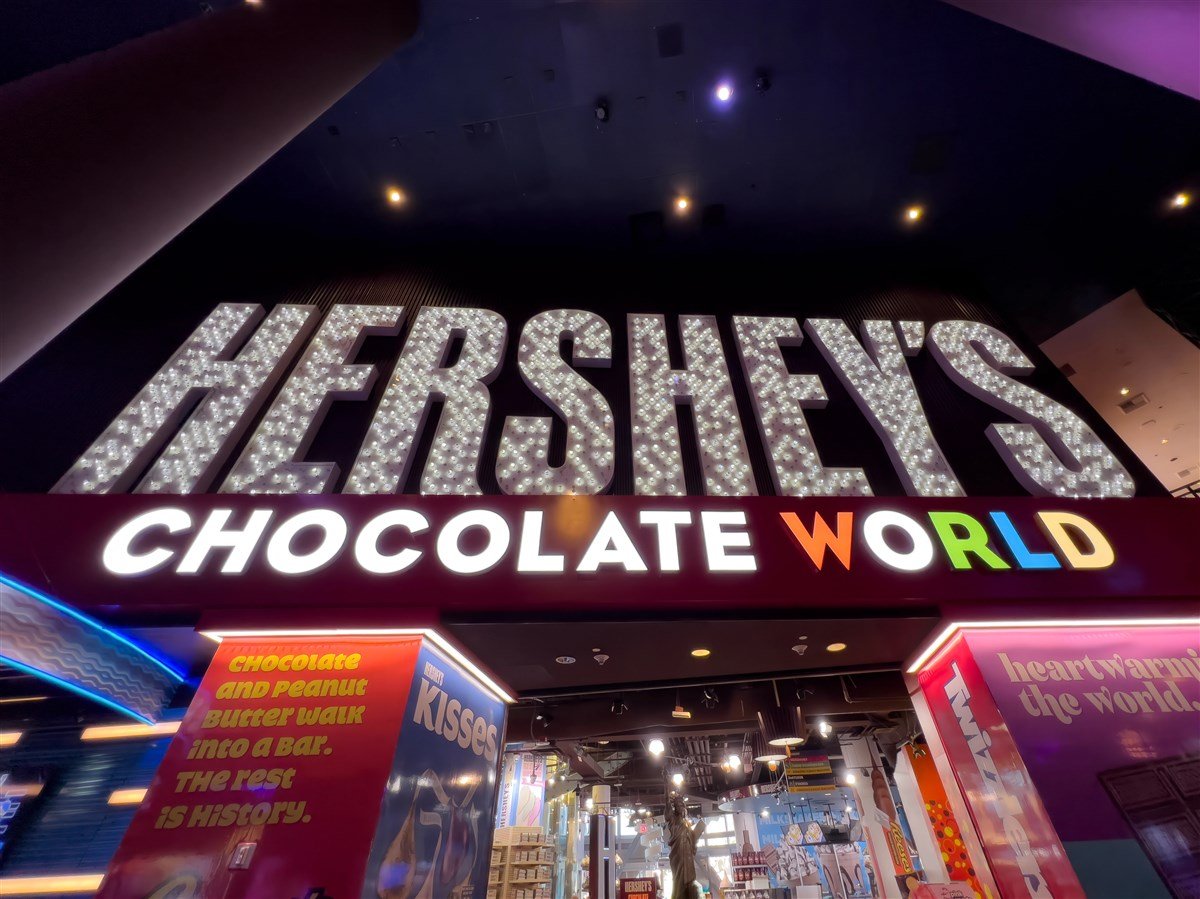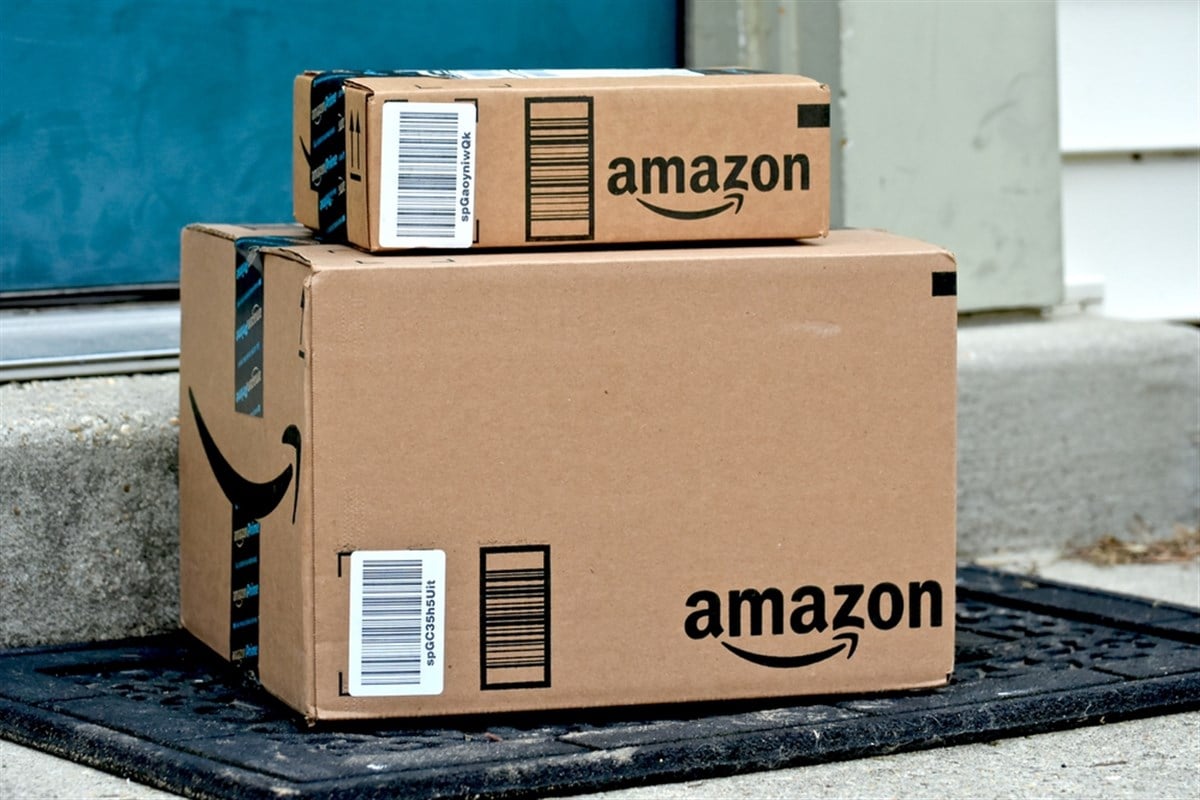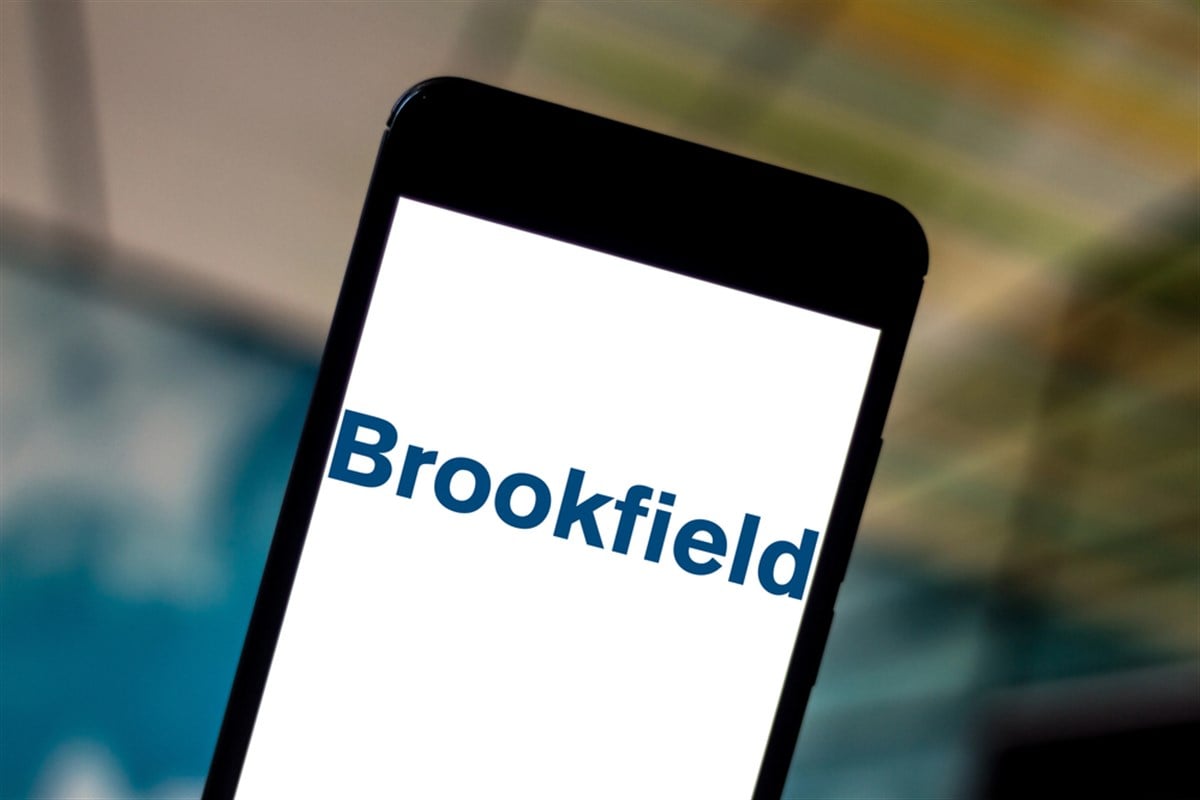Why Procter & Gamble Remains a Buy-and-Hold Favorite

Procter & Gamble (NYSE: PG) is a good bet for long-term total returns because its stock price is near the low end of its historical P/E range, its yield is near the high end of its range, and its FQ1 2026 results affirm its outlook for growth, cash flow, and capital returns.
What are total returns? Total returns are an investor's net gain, including dividends and share price increases. In this case, the stock yields approximately 2.75% as of late October and could rise by 25% or more over the coming years.
The stock price increase will be supported by its business quality and growth, which sustain a healthy balance sheet and robust capital return, including share repurchases.
Share repurchases are critical to this stock’s price outlook because they reduce the share count at a semi-aggressive pace each year and are unlikely to be suspended anytime soon.
The dividend is attractive enough, with a yield above 2.5%, but another factor supporting the stock's price outlook is the distribution increase outlook. Procter & Gamble is a Dividend King with 70 years of consecutive annual increases and the capacity to continue increasing the dividend for the foreseeable future.
Not only do share buybacks help offset the cost of distribution increases, but the payout ratio is reasonably low at 65%, aligning with peers, and earnings growth is forecast. The consensus figures reported by MarketBeat forecast a mid-single-digit EPS CAGR, slightly outpacing the revenue growth and aligning with the company’s dividend distribution growth rate.

Procter & Gamble Rises After Posting Solid Results
Procter & Gamble’s FQ1 results were solid, outperforming on the top and bottom lines for revenue growth of 3.0%. The gains were primarily due to FX translation and pricing increases, but all segments contributed, and organic growth is present in some. The Beauty and Grooming segments delivered organic growth, in addition to tailwinds, driving a 2% organic gain for the business.
Margin is another area of strength. The company experienced margin pressures but was able to mitigate them to a degree, leaving margins in better condition than expected. The net result is $5.4 billion in operating cash flow, $4.8 billion in net earnings, and a 3% increase in adjusted EPS that outperformed significantly. The $1.99 is nearly 500 basis points above the consensus and suggests the company’s guidance is cautious.
Procter & Gamble reaffirmed its earnings guidance, providing a range whose midpoint is slightly below the consensus estimate. The takeaway is that the company expects weakening in the upcoming quarters to offset the Q1 strengths. However, this forecast ignores signs of consumer resiliency seen in its own and other consumer-focused companies' earnings reports.
The likely outcome is that Procter & Gamble will outperform in the upcoming quarters, leading to improved guidance later in the year.
Institutional and Analyst Trends Align With a Bottom for PG Stock Price
Analysts and institutional trends suggest a bottom in the PG stock price. Analysts rate it as a Moderate Buy and expect it to move up by double digits, while institutions are also purchasing. They purchased stock at a pace of more than $2.50 per $1 sold this year and provide a solid support base, owning 65% of the stock. A move to the consensus target is significant as it puts the market on track for new highs likely to be reached in 2026.
The technical action is positive. The PG stock price jumped 2.5% in premarket trading on Oct. 24, confirming a bottom at $147. Assuming the market follows through on this signal, PG stock should continue to rise and regain support at the moving-average cluster. It could continue higher in this scenario, reaching $170 in early 2026 and all-time highs by the middle of next year. If not, PG stock will likely wallow near late October levels until a more potent catalyst emerges.
Learn more about PG


